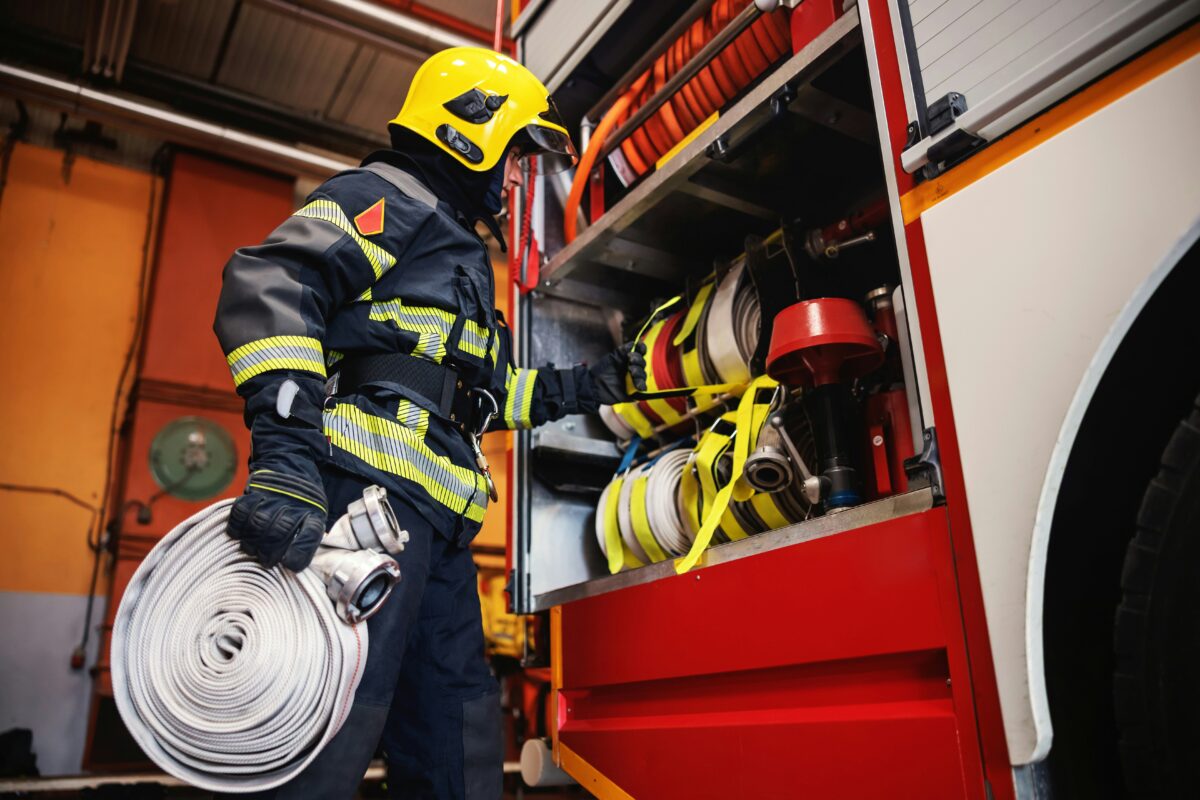Fire protection systems play a critical role in keeping people safe and preserving valuable property. They remain essential in environments where a single spark can escalate into a significant threat. Today’s systems go far beyond basic alarms or sprinklers because modern buildings demand faster detection, smarter communication, and more reliable suppression. As facilities grow more complex, organizations must rely on systems that react quickly and deliver consistent performance. Because fire spreads rapidly, these systems must work flawlessly from the moment danger appears. When businesses understand the importance of these tools, they make stronger choices that support resilience and long-term safety.
Early Detection as the First Line of Defense
The most effective fire protection begins with rapid and accurate detection. New sensor technologies now identify smoke, heat, and harmful gases long before they become visible threats. These advanced detectors analyze multiple signals to distinguish real hazards from everyday activity, reducing false alarms and creating more confident decision-making during emergencies. Early detection gives emergency responders the time they need to intervene and helps occupants evacuate safely. In critical settings such as laboratories, manufacturing plants, hotels, or high-rise offices, this early alert can prevent devastation and protect lives. As businesses continue to adopt automation, these systems contribute to safer, more resilient operations.
Modern Suppression Tools That Respond Quickly
Once a fire is detected, the next priority is suppression. Modern systems have evolved into precise tools that extinguish flames more efficiently and with fewer side effects. Water mist systems cool fires rapidly without causing excessive damage, while clean agents leave no residue, making them ideal for facilities that protect sensitive electronics or archival materials. Hybrid suppression solutions combine multiple methods to address different types of fires within the same building. These systems limit disruption, protect assets, and keep operations running smoothly. Because suppression occurs automatically and instantly, it forms a reliable shield that prevents minor incidents from escalating into full-scale emergencies.
How Alarms Improve Communication and Response
Clear communication is essential during any fire event, which is why modern alarms play a vital role in fire protection. Today’s systems deliver alerts through multiple channels, ensuring everyone receives the message quickly. Visual signals, voice announcements, and digital notifications work together to guide people toward safety. Since many buildings now rely on IoT-connected systems, responders, managers, and occupants receive real-time information simultaneously. This level of coordination reduces confusion and strengthens response times. When communication remains consistent and clear, people know what actions to take and where to go.
Safe and Efficient Evacuation Processes
Guiding people to safety remains one of the most important goals of any fire protection plan. Innovative evacuation tools now use sensors and dynamic lighting to direct occupants along the safest routes. These systems analyze changing conditions, including smoke, blocked exits, or structural challenges, and update guidance in real time. By doing so, they minimize panic while improving flow through hallways, stairwells, and open spaces. When evacuations operate smoothly, they prevent injuries and ensure everyone can leave the building quickly. This intelligent approach strengthens public confidence and demonstrates a strong commitment to safety.
Maintaining Systems for Long-Term Reliability
A fire protection system performs well only when it receives the proper maintenance. Regular inspections, testing, and predictive monitoring help identify issues before they turn into failures. Modern software tools monitor system performance and alert teams to potential problems, ensuring that every component remains ready for emergencies. This proactive approach reduces long-term costs and creates consistent reliability. Organizations that prioritize maintenance demonstrate their dedication to protecting people and assets, thereby strengthening trust among employees, tenants, and customers.
Technology Integration for Smarter Protection
Fire protection has become more effective due to advances in innovative technology. Integrated platforms now allow managers to monitor all components—detection, suppression, alarms, and evacuation—from a single dashboard. AI-driven analytics highlight risks, enhance accuracy, and predict system needs before issues arise. Connected systems improve communication, streamline operations, and support rapid response in high-pressure moments. As buildings evolve, these intelligent platforms transform fire protection into a coordinated ecosystem that works efficiently and adapts to changing environments.
Eco-Friendly Approaches to Fire Safety
Sustainability has become an essential factor in the design of fire protection systems. Many modern solutions reduce water waste, minimize chemical impact, and use durable, recyclable materials. Clean agents help protect the environment while remaining effective against various types of fire. Water-efficient systems conserve resources and reduce the potential for property damage. These environmentally conscious choices support corporate sustainability goals and demonstrate responsible stewardship while maintaining exceptional performance.

Adequate fire protection depends on precise detection, strong suppression, reliable alarms, safe evacuation systems, and diligent maintenance. When these components work together, they create robust protection that safeguards people and property. Modern technology adds intelligence, speed, and accuracy to these systems, ensuring a smoother and more coordinated response during emergencies. By understanding and implementing these essential elements, organizations build safer environments and support long-term operational stability. Fire protection today is more than a regulatory requirement; it is a strategic investment in safety, resilience, and responsible management.













